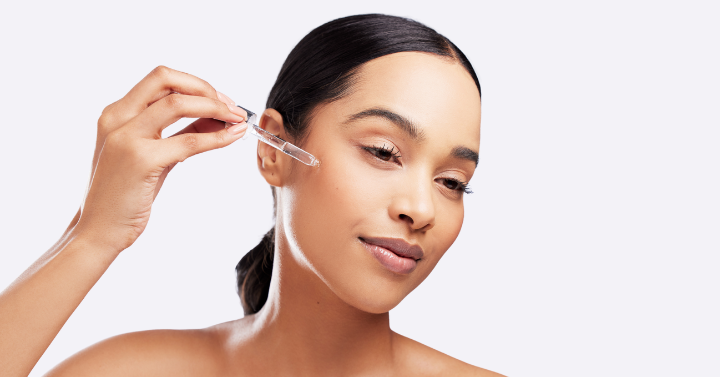In the ever-evolving landscape of professional skin care, the market’s fortitude is clear, showcasing in 2023 a healthy 9.3% growth rate, which is projected to sustain the momentum over the next five years, according to Kline’s latest Professional Skin Care Global Series research. Although this represents a more measured ascent compared to the remarkable surges witnessed in recent years, it aligns with the trajectory of pre-2020 growth patterns, which was strong to begin with.
Setting the pace with double-digit growth, China continues to outperform other markets, with the United States and Europe following suit. However, channel dynamics differ across countries—in the United States, medical care providers constitute the largest channel, while in China, it is retail. In Europe, beauty institutes take the lead. Overall, the retail channel, despite a slowdown, has sustained its dynamic growth across all major markets, followed by medical care providers.
Physician-dispensed brands maintain their leadership in the United States, with Alastin, SkinBetter Science, and ZO Skin Health averaging growth of more than 31% against 2022 levels, compared to a 5% sales increase experienced by the rest of the market. Their success, marked by vibrant distribution and strategic expansions, redefines the narrative within the medical care providers channel.
Among the key trends identified in our latest report, the adoption of AI has the potential to gradually disrupt the way that skin care is experienced and adopted by both customers and professionals. Elemis and Dermalogica have already incorporated AI into their initiatives, providing personalized skin care recommendations based on information supplied by consumers about their skin. Elemis partnered with Perfect Corp to launch an AI-powered skin care service, while Dermalogica introduced a ChatGPT-powered website to address product queries and skin care concerns.
Social media also plays a pivotal role in shaping consumer preferences toward non-invasive aesthetic solutions and driving at-home skin care product sales. Moreover, the rise of multi-site medical spas and facial bars not only signals a shift in service delivery but also offers new partnership opportunities. Facial bars, such as Heyday and Glowbar, have specifically benefited from efficient online scheduling and shorter treatment durations, catering to the preferences of younger consumers.
Challenges, however, sustained with price adjustments amid continued inflation, pushing spa channel consumers, in particular, to explore alternative options in lower price tiers or streamline their at-home product routines.
Looking to the future, the industry anticipates a transformative journey characterized by technology integration, personalized solutions, and early engagement from younger consumers in the market. Advanced facial contouring techniques, holistic beauty, and wellness integration, as well as the proliferation of integrated skin care, are on the horizon.
Whether you aim to understand the aesthetic skin care consumer behavior, expand distribution to new multi-site skin care outlets, seize opportunities in the ever-growing medical care provider channel, or gain a competitive edge in the professional skin care market, we’ve got you covered. Speak to an expert today to discover the product or service that best suits your needs.

